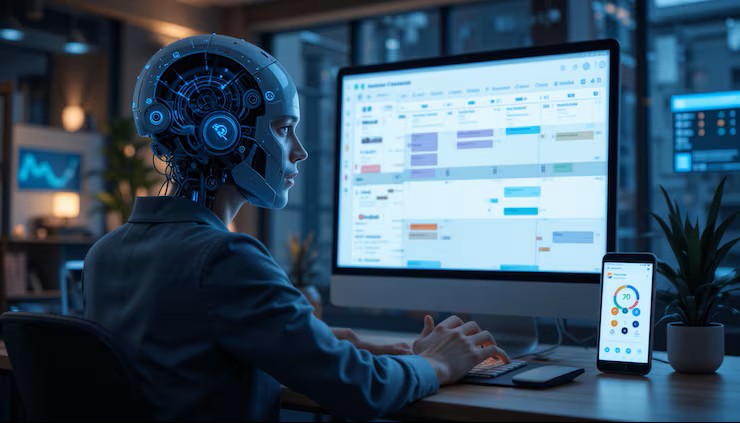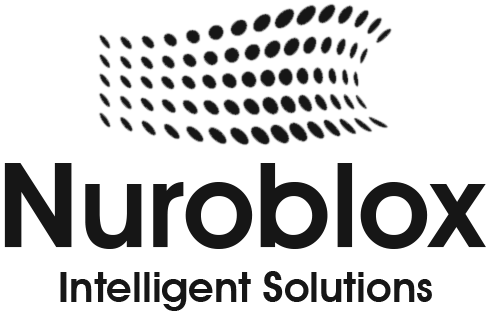Workflow Optimization by AI
- Home
- Workflow Optimization by AI
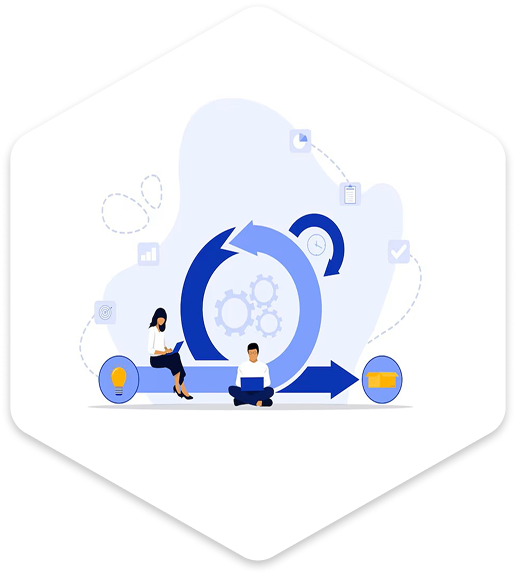
// ABOUT WORKFLOW OPTIMIZATION BY AI
Workflow Optimization by AI
In today’s fast-paced digital world, businesses must continuously improve how work gets done. Artificial Intelligence (AI) enables smarter, faster, and more efficient workflows by eliminating bottlenecks and automating routine tasks.

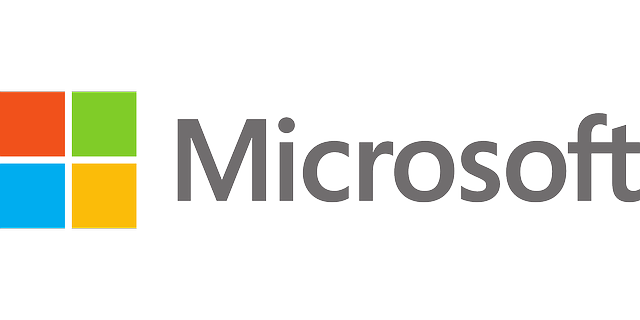




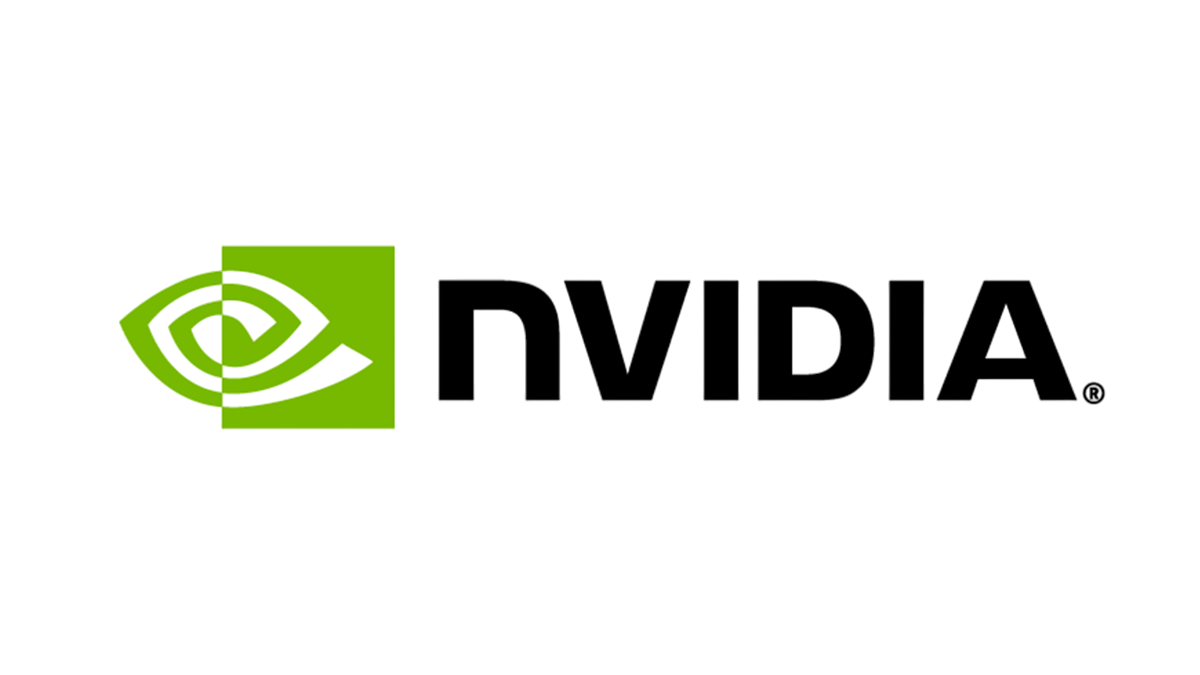
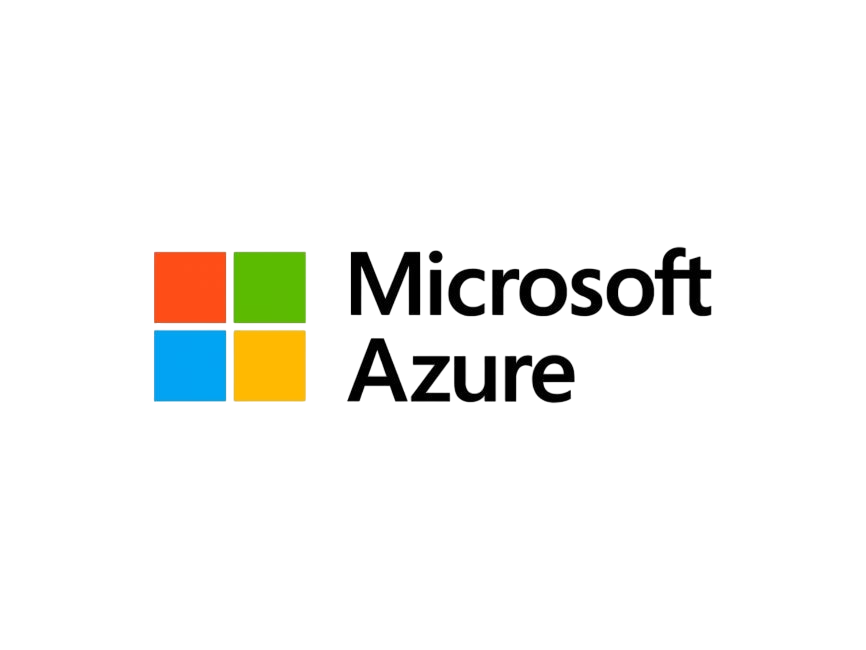


What is Workflow Optimization by AI?
Benefits of Workflow Optimization
by AI
Improved Efficiency
AI streamlines repetitive and manual tasks, enabling faster process completion and allowing teams to focus on high-value activities.
Enhanced Scalability
AI automations adapt easily to increased workloads or business growth without requiring proportional increases in workforce or resources.
Increased Productivity
Automating routine tasks frees employees to focus on strategic and creative work, boosting overall organizational productivity.
Increased Productivity
Automating routine tasks frees employees to focus on strategic and creative work, boosting overall organizational productivity.
How to Optimize Workflows with AI
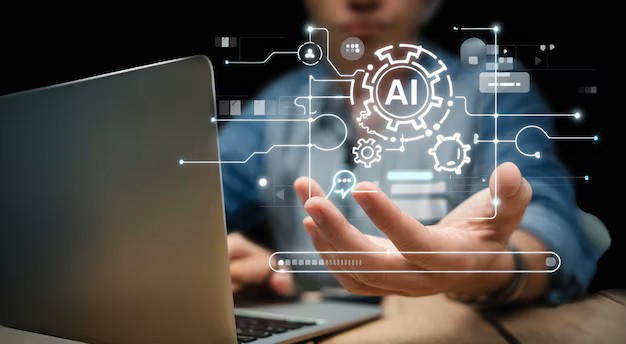
We’re Here to Assist You and Address
All Your Questions Anytime!
Challenges of Workflow
Optimization by AI
Future of Workflow Optimization by AI
The future lies in hyper-automation, where AI, RPA, IoT, and advanced analytics work together to optimize every business process end-to-end. Workflows will become self-learning, with AI predicting issues, auto-correcting inefficiencies, and enabling businesses to operate with near-zero downtime. As AI technologies mature, workflow optimization will no longer just support efficiency. It will drive innovation, resilience, and competitive advantage.
